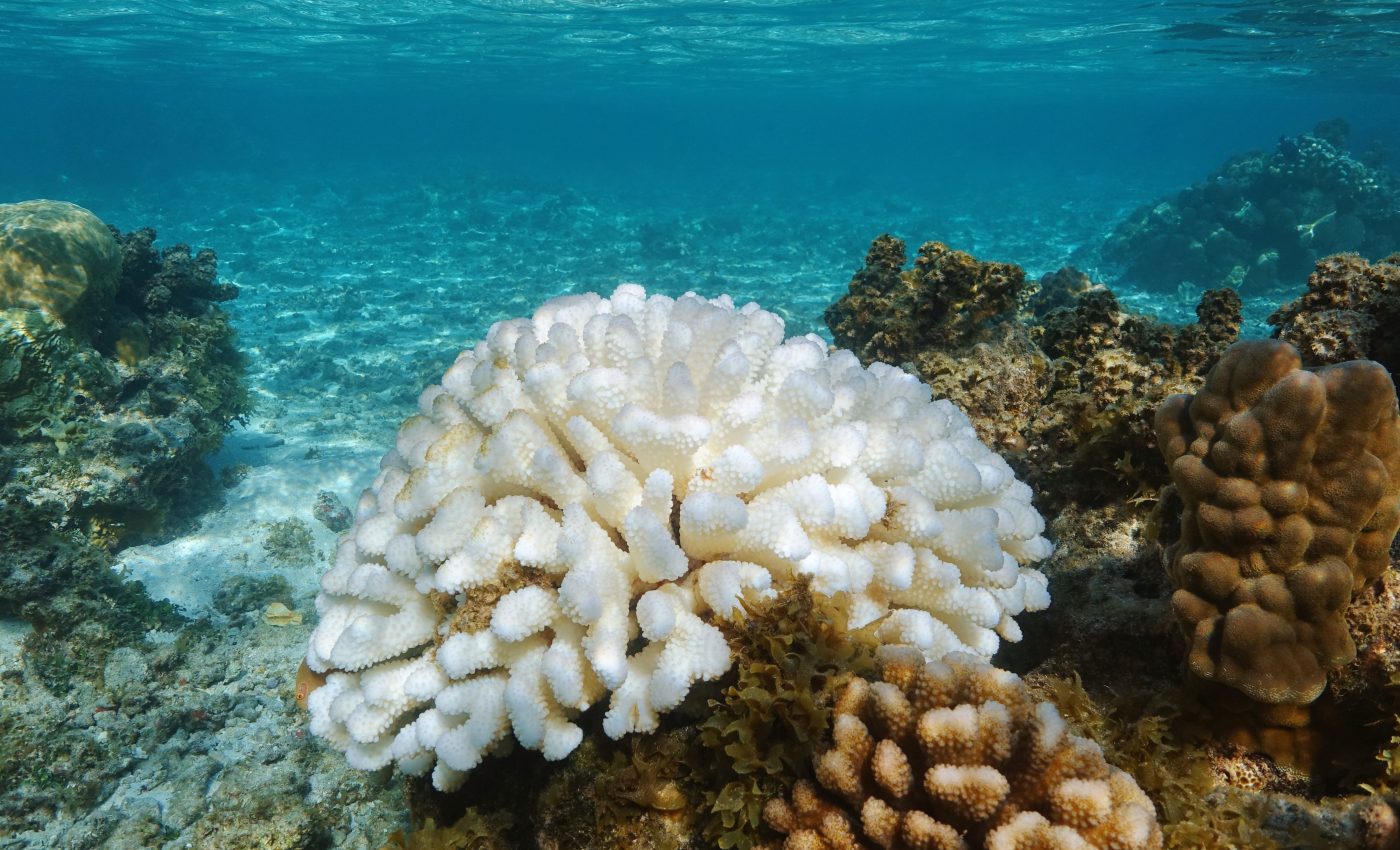
Mulitiple forces caused 2016 coral bleaching event
A new study has revealed that it was not one, not two, but three climate-related forces that triggered a devastating coral bleaching event across the Great Barrier Reef (GBR) in 2016.
Study author Kristopher Karnauskas is an expert at the Cooperative Institute for Research in Environmental Sciences (CIRES) and an associate professor in the Department of Atmospheric and Oceanic Sciences at UC Boulder.
“When the Great Barrier Reef bleached severely back in 2016, it earned global attention,” said Professor Karnauskas. “Some speculated it was global warming, others thought it was El Niño, but the actual role of those two forces have not really been disentangled. As a physical climate scientist with a bias for the ocean, I thought I should dig in.”
Professor Karnauskas combined satellite observations with a mathematics-based method to estimate the timing and extent of warming that could be linked to each weather event.
The study revealed that the first culprit was an El Niño system that instigated a marine heatwave by shifting sun-blocking clouds away from the region.
This was followed by a terrestrial heatwave that moved over the coast of Australia just as the marine heatwave was subsiding.
Meanwhile, the heatwaves were exacerbated by long-term global warming.
“It turns out that El Niño did play a role, and the eventual warmth was certainly higher because of the long-term trend, but the reason it lasted so long was actually this terrestrial heatwave lurking over eastern Australia until the marine warming event was just finally waning, and then: bang, the heatwave leaked out over the coastline,” said Professor Karnauskas.
“That warm air over the ocean changed the way heat is exchanged between the ocean and atmosphere, keeping the ocean warm and bleaching for an extra month or so.”
According to Professor Karnauskas, the 2016 marine heatwave persisted well into the winter, dramatically changing the species composition of the reefs.
“This new finding reveals that climate variability and change can lead to marine impacts in surprising, compounding ways, including heatwaves both on land and in the ocean.”
“From heatwaves to hurricanes, we need to double down on efforts to understand the complexities of how anthropogenic climate change will influence extreme events in the future.”
The accumulated heat stress of back-to-back mass bleaching events in 2016 and 2017 impacted two-thirds of the Great Barrier Reef.
Even the fastest-growing corals need at least a decade to recover from bleaching. Nearly half of all the GBR’s corals perished by the end of 2017, and increasingly frequent bleaching events are giving the reefs little time to recuperate.
The study is published in the journal Geophysical Research Letters.
—
By Chrissy Sexton, Earth.com Staff Writer













